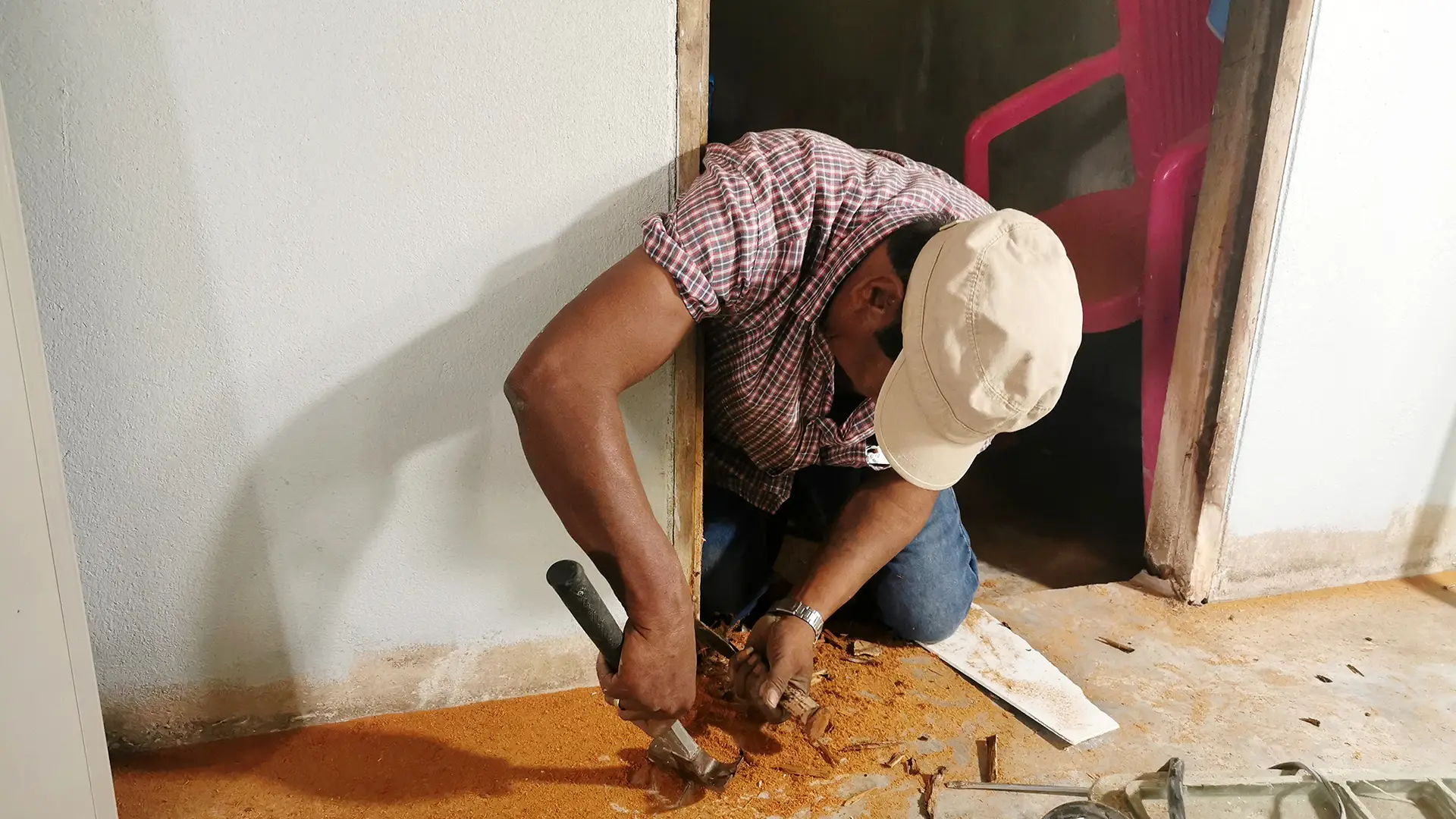
Newsletter Subscribe
Enter your email address below and subscribe to our newsletter

Enter your email address below and subscribe to our newsletter

Property damage can be a disruptive and costly challenge for businesses, often impacting operations, revenue, and customer trust.
Whether caused by natural disasters, accidents, or structural failures, the restoration process requires swift action, careful planning, and effective management to minimize downtime and losses. Businesses that approach restoration strategically recover faster and strengthen their resilience for future incidents.
From preparing in advance to partnering with the right professionals, there are proven strategies that can help organizations navigate property damage restoration efficiently and cost-effectively.
One of the most effective ways to manage property damage restoration is to have a detailed emergency response plan in place before disaster strikes. This plan should outline specific actions to take during different types of emergencies, such as fires, floods, storms, or vandalism.
It should identify key personnel responsible for coordinating the response, establish communication channels for staff and stakeholders, and include contact information for emergency help in St. Louis, for example, and restoration specialists.
By having these protocols clearly defined and regularly updated, businesses can respond quickly, reducing the extent of the damage and the time needed for recovery.
Time is critical when property damage occurs, and conducting a prompt, accurate assessment is crucial. Businesses should inspect the affected areas as soon as it is safe to do so, documenting the extent of the damage with photos and written notes.
This information is valuable for prioritizing repairs and supporting insurance claims. In some cases, bringing in professional assessors can provide a more detailed understanding of structural issues, hidden hazards, or specialized repair needs.
The faster the assessment is completed, the sooner restoration work can begin, helping to prevent secondary issues like mold growth or worsening structural instability.
Working with experienced and trustworthy restoration professionals can make a significant difference in the quality and speed of recovery.
When selecting a restoration company, businesses should look for providers with a proven track record, proper certifications, and expertise in handling commercial properties. A reliable team will carry out the necessary repairs and guide business owners through the process, from securing the property to coordinating with insurance adjusters.
Establishing relationships with restoration companies in advance can further expedite response times during emergencies, reducing the risk of extended operational disruptions.
Restoration involves ensuring the safety of employees, customers, and contractors.
Businesses must follow local building codes, occupational safety regulations, and industry standards throughout the restoration process. This may involve securing damaged areas, using proper protective equipment, and implementing measures to prevent accidents during repairs.
Compliance safeguards people and protects the business from potential legal and financial liabilities. Prioritizing safety sends a clear message to staff and clients that the organization values well-being and professionalism, even in times of crisis.
Filing and managing an insurance claim can be a complex and time-consuming part of property damage restoration. Businesses should notify their insurer as soon as possible, providing thorough documentation of the damage and keeping detailed records of all repair costs.
Maintaining clear communication with the insurance company and promptly responding to requests for additional information can help speed up claim approval.
Hiring a public adjuster can be beneficial, as they work on behalf of the business to ensure fair compensation. Effective insurance management ensures that restoration expenses are covered appropriately, reducing the financial burden on the business.
While the immediate goal after property damage is restoration, it is equally important to address the underlying causes and implement measures that reduce the likelihood of similar incidents in the future.
This could involve upgrading building materials to more durable options, installing flood barriers or sump pumps in flood-prone areas, improving fire safety systems, or enhancing security with alarms and surveillance. Regular inspections, preventive maintenance, and timely repairs can catch potential risks before they escalate into costly problems.
By taking a proactive approach, businesses safeguard their property and build trust with clients, insurers, and stakeholders, showing a strong commitment to operational stability and risk management.
Property damage can be a serious setback for any business, but with the right strategies in place, recovery can be managed efficiently and effectively.
From having a robust emergency plan to working with trusted restoration professionals, prioritizing safety, managing insurance claims, and investing in prevention, businesses can turn a challenging situation into an opportunity to strengthen their resilience.
By approaching property damage restoration with preparedness and precision, organizations can reduce downtime, safeguard their reputation, and emerge stronger than before.